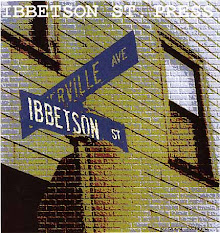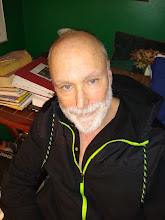Mary Bonina’s latest chapbook “Lunch in Chinatown” (Cervena Barva Press,2024), is a window into the lives of immigrants who come to this country seeking a new beginning. In her work as an ESL teacher Bonina taught English to adult students from all over the world .
I wish everyone in our country could read “Lunch in Chinatown” and have a glimpse at how hard those coming to the U. S. struggle to learn the language and culture and forge a fresh start— many fleeing unspeakable atrocities in their native lands. In “the makeshift classroom” at the edge of Chinatown in downtown Boston, Bonina met with her students.
As you can imagine, with students from all over the world , all trying to learn English, lessons often go off-topic and into interesting new areas . Or as Bonina writes “Someone always gets a discussion moving/ on a different track, a related subject,/ one that comes with its own set of problems.”
And sometimes Bonina, as teacher, becomes enthralled with the stories her students bring to class, as when Andre , one of the Haitian men in class, tells the story of when he met his wife in the streets of Port au Prince. You can almost feel the electrifying moment as : “He puts me on that bright street brimming with activity in Port / au Prince. I can see Giselle a young girl with her friends all standing / around her. They don’t giggle . They feign aloofness/ And Andre approaches the group, as he approaches his English class:/ shyly and respectfully. “
Or in the powerful poem , “Teaching the Past Tense” when all of her students chime in with the names of the countries where they came from: “Haiti. Guatemala. Ethiopia. China.”
A benign run of the mill lesson ends with the devastating stanza: “Hagos, the Ethiopian says — not somberly,/ just matter-of-factly—‘My country./ Lots of people dead.’”
Bonina has a wonderful ability to mix short lyrical lines with longer prose-like lines. This reminded me of the way so many of her lessons must have gone— some short and to the point and others discursive and taking many twists and turns .
Looking down, Bonina notices that her student “wore bright yellow summer shoes,/ like ballet shoes, but with hard soles.” Wei Wei, she learns, had “worked as a doctor / in China’s largest hospital.”
It seems that her fear of falling on the slippery sidewalks and holding onto Bonina is a metaphor for how these new immigrants hold onto these English language classes, and their teacher, to help negotiate living in their sometimes precarious and often confusing new world .
This is a richly imagistic and meaningful book of poems that speaks to our shared humanity beyond cultural and linguistic differences. Though only twenty- six pages, it is packed full of memorable vignettes that resonate long after we close its pages.
Lee Varon is the author of “My Brother is Not a Monster: A Story of Addiction and Recovery,” and “A Kid’s Book About Overdose.”
She is co-editor of “Spare Change News Poems: An Anthology by Homeless People and those Touched by Homelessness.”






































